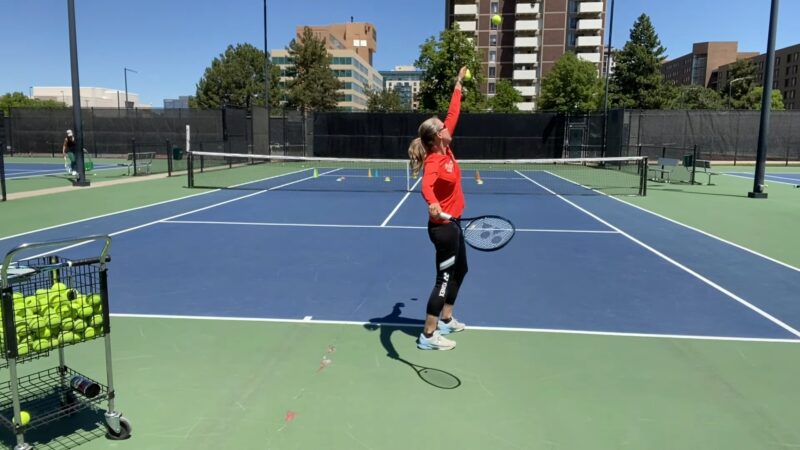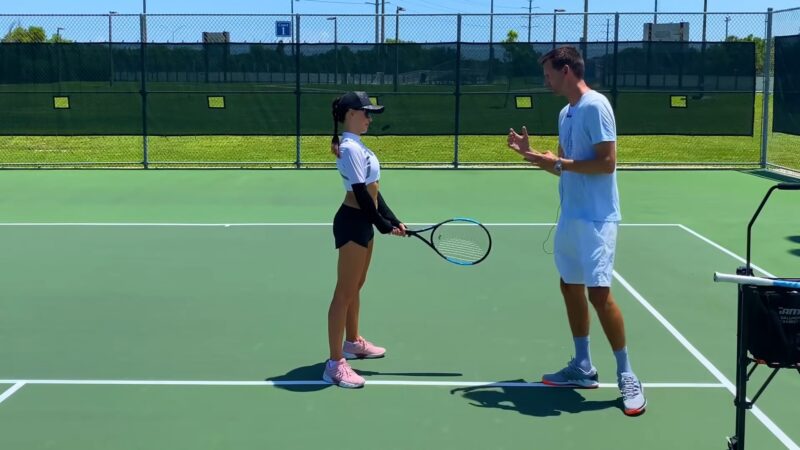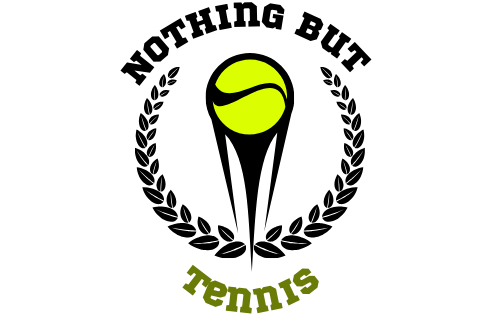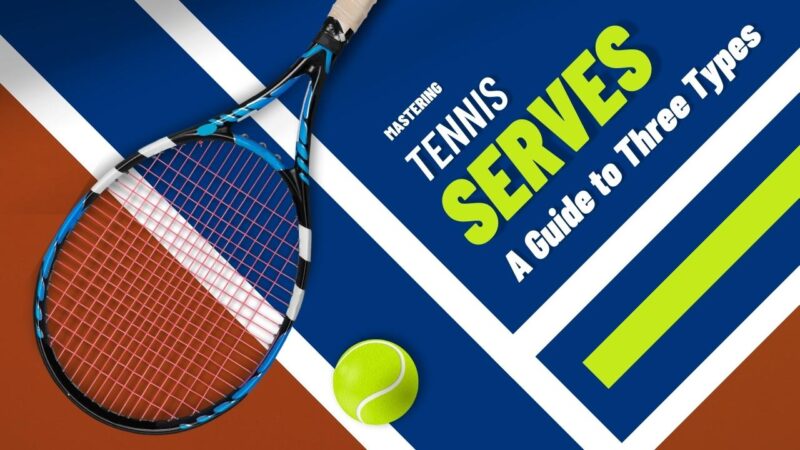Tennis is not just a sport but an art form. It requires power, precision, and strategy, all of which come together most elegantly in a player’s serve. It is the first shot of a point and sets the tone for the entire rally. Understanding its intricacies can help players improve their game, and fans appreciate the skill and technique involved. In this blog post, we will delve into the three most common types of serves: the ace, the kick, and the slice.
The Ace Variation: Unleashing Power
An ace serve is an absolute powerhouse. When a player serves an ace, their opponent cannot touch the ball, scoring a point immediately. It’s the dream of every player, from amateurs to professionals, to hit an ace. But it’s not just about brute force; an ace requires exceptional precision.
It is generally fast, flat, and aimed either down the ‘T’ (the center of the service box) or out wide to the corners of the service box. The key to an effective ace serve is a combination of speed and placement. The server aims to hit the ball in such a way that it eludes its opponent completely.
- Optimal body position and a strong, fluid swing are crucial for generating speed.
- The serve’s direction should be unpredictable, making it difficult for the receiver to anticipate where the ball will land.
- An effective serve toss is also essential. The ball should be tossed in front and slightly to the right (for right-handed players) or left (for left-handed players) to facilitate a strong, flat hit.
The Kick Variation: Spinning the Game

The kick serve is known for its distinctive high bounce. When executed correctly, it leaps off the ground, arching over the receiver’s comfort zone and forcing them to return the ball at an awkward height. This type is not about power but about spin and bounce.
The player brushes up the back of the ball, generating topspin. The result? The ball drops sharply after crossing the net and bounces high and to the side. This makes it an excellent choice as a second serve because it minimizes the chance of hitting into the net or beyond the service box.
- The ball toss for a kick serve is crucial. Instead of being in front, the ball should be tossed slightly behind and to the left (for right-handers) or right (for left-handers).
- The hitting action is similar to the motion of throwing a ball. The server brushes up the back of the ball, creating the required topspin.
- The ball’s landing location is typically towards the receiver’s backhand, exploiting what is often a weaker shot for many players.
The Slice Variation: Carving the Court
The slice serve is a crafty weapon in a tennis player’s arsenal. Its defining characteristic is the sidespin that causes the ball to swerve in the air and skid low off the ground, often away from the receiver.
Slice serves are particularly effective when hit wide in the deuce court for right-handers (and in the ad court for left-handers). This play draws the opponent off the court, opening up space for the player’s next shot. It can also be used as a tactical variation to keep the opponent guessing.
- The ball toss for a slice serve is similar to the flat one. However, the player strikes the ball slightly off-center to generate the sidespin.
- The main goal of this method is to force the receiver out of position. The player aims to hit the ball wide to the receiver’s forehand side (for right-handers) or backhand side (for left-handers).
- The serve’s speed is usually slower than an ace variation. The slower pace, combined with the sidespin, can make it tricky to return effectively.
Mastering The Serve: The Road to Perfection

Mastering anything in sports is a journey, not a destination. The more you play and practice, the better your serves will become. Let’s look at some general tips that apply to all serve types and can help elevate your serving game.
Good technique forms the backbone of success. From the initial ball toss to the follow-through, each component of the serve plays a critical role in determining its effectiveness. Improving your technique can lead to significant advancements in your serving game.
- Ensure a consistent toss. The toss sets the stage for your serve. A consistent toss at the right height and direction can dramatically improve your accuracy and power.
- Use your whole body. A common mistake among beginners is to use only the arm to serve. Engage your legs, torso, and arm in a coordinated motion to generate power.
- Practice your follow-through. A good follow-through is essential for accuracy and helps reduce the risk of injury.
How to Get a Tactical Advantage
Understanding when and how to use different types of serves can provide a significant tactical advantage. Varying keeps your opponent guessing and can disrupt their rhythm, making it harder for them to return effectively.
The ace serve is a powerful weapon when used sparingly. It’s most effective when your opponent least expects it. Conversely, using it too often can lead to more faults and give away free points. The kick variation is a safe, reliable choice, especially for second serves.
Its high bounce can disrupt your opponent’s timing, making it harder for them to return aggressively. The slice variation is a crafty tool for disrupting your opponent’s positioning. Use it to draw your opponent wide and open up the court for your next shot.
How to Practice: Key Drills

To improve your serves, regular practice is essential. Here are a few drills that can help you perfect your ace, kick, and slice.
- Target Practice: Set up targets in various locations in the service box and aim your serves at them. This will improve your accuracy and control over different serve types.
- Serve and Volley: Practice transitioning from your serve to a net position. This will help you incorporate serves into your overall game strategy.
- Second Serve Practice: Dedicate a portion of your practice to second serves. They’re often neglected but are critical in match situations.
You should also implement a proper hand grip for your tennis practices and games to improve your play and increase your chances of winning.
Final Words
In tennis, the serve is more than just a way to start a rally; it’s a strategic weapon. Whether it’s the raw power of an ace, the high-bouncing disruption of a kick serve, or the crafty unpredictability of a slice, mastering these three types can give a player a significant advantage on the court.
As with all aspects of tennis, practice, and consistency are key. So, grab your racquet, head to the court, and start practicing!

